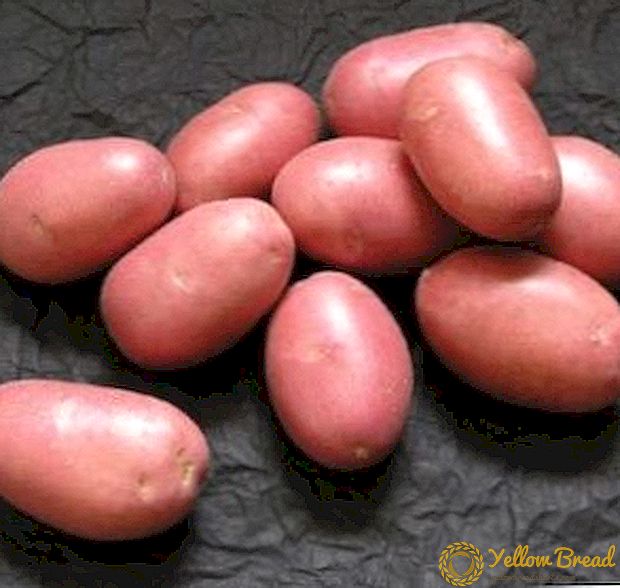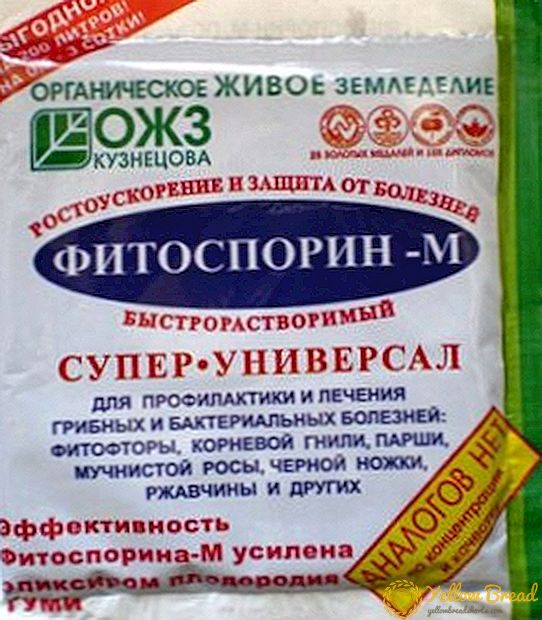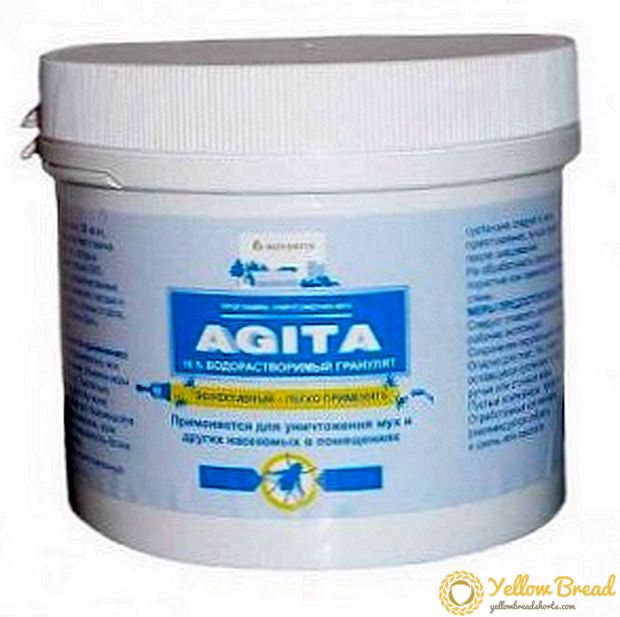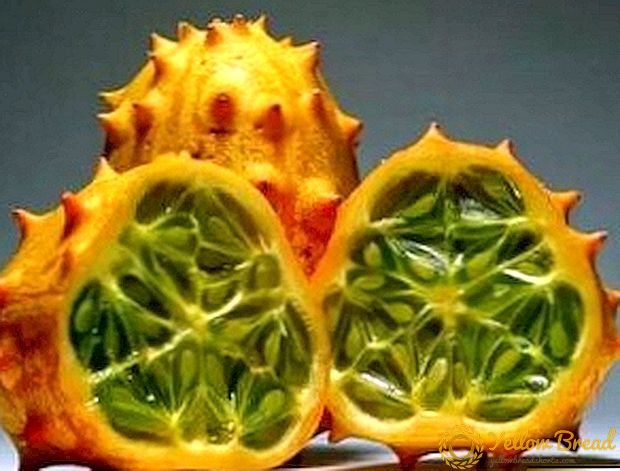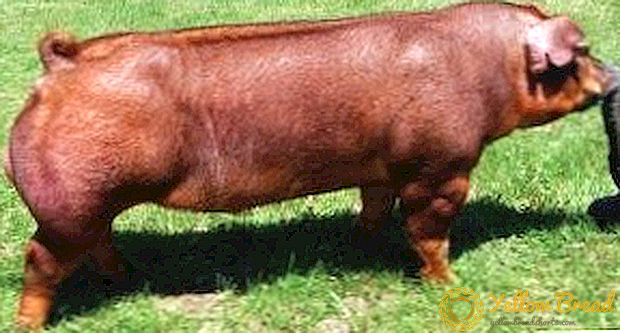 Barn weevil is one of the most dangerous pests of grain during storage. It feeds on barley, rice, wheat, buckwheat, corn and even pasta. The beetle can lead to a massive loss of grain storage stocks. Farmers consider its appearance to be nothing more than a disaster, because this little bug can cause irreparable harm to the grain harvest. Therefore, in this article we will talk about how to deal with weevil in grain.
Barn weevil is one of the most dangerous pests of grain during storage. It feeds on barley, rice, wheat, buckwheat, corn and even pasta. The beetle can lead to a massive loss of grain storage stocks. Farmers consider its appearance to be nothing more than a disaster, because this little bug can cause irreparable harm to the grain harvest. Therefore, in this article we will talk about how to deal with weevil in grain.
- What does a granary weevil look like
- Reproduction and life cycle
- What harm does the granary weevil
- Preventive control measures
- Methods of dealing with barn weevil
What does a granary weevil look like
Granary weevil - It is an insect of small size (4 mm), dark brown, almost black in color, with a narrow body and wings. It belongs to the order of beetles.
Insect and got its name because of the characteristic shape of the head. At the end of its peculiar gang, there is an oral apparatus with which the weevil is introduced into the soft parts of the grain.

Reproduction and life cycle
In the warm period, the reproduction of the beetle begins. With the help of a thin proboscis, the female gnaws through the holes in the grain and lays an egg there. After that, a cork made of flour closes the gap. Thus, the infected grains remain externally intact. You can distinguish them only if you throw the grains into the water: those in which the larva has already settled, will emerge, and the whole will sink to the bottom. Also, when viewed, it can be seen that damaged grains are dull in color.
One female can lay 150-300 eggs. Females live 3-4 months, males - 5 months. The period of development of the larvae is 3-6 weeks, depending on temperature and humidity. At a temperature of +4 ° C, the larvae stop developing, and at -5 ° C they die. Larvae turn into transparent pupae up to 3-5 mm long. After 8-22 days, the already formed beetles gnaw through the exit from the shelter and go outside. 
What harm does the granary weevil
The granary weevil lives 200-250 days, for one day it can destroy up to 0.67 mg of grain. The larva can destroy up to 11-14 mg of grain per day, while gnawing it from the inside. Thus, a large number of insects are able to destroy huge volumes of the crop.
Damaged products are no longer usable and lose their ability to germinate.
Preventive control measures
Since it is rather difficult to get rid of weevil in grain, it is more expedient to regularly preventive actions:
- Before falling asleep in special storage bins, it is necessary to clean it of grain and weed impurities;
- grain of different period of assembly and moisture should be stored separately;
- Crop storage containers should be thoroughly cleaned from previous stock and debris before use.
- need to monitor the humidity during storage of grain; during long-term storage, the humidity should be 2-4%;
- be sure to destroy damaged grain.
 As a preventive measure, one should observe cleanliness in granary and warehouse premises, process them with the help of chemistry (gas disinsection, aerosols, etc.), and whitewash.
As a preventive measure, one should observe cleanliness in granary and warehouse premises, process them with the help of chemistry (gas disinsection, aerosols, etc.), and whitewash.Methods of dealing with barn weevil
It is very difficult to destroy a pest in warehouses, because it is difficult to diagnose it: the insect is in hard-to-reach places and inside the grain. Will help get rid of the barn weevil control measures, which are as follows:
- Cooling grain to -10 ° C. At the same time it is necessary to monitor the humidity and ventilation of the room. In this case, the pests will be destroyed because of the low temperature, which they do not tolerate.
- With the help of aspiration preparations and removal of weevil on sieves with holes. Moving the crop negatively affects the condition of the pest and reduces its numbers.
 Chemical disinfection of grain stocks has become an effective method of killing insects. There are a sufficient number of drugs that can process the crop from the pest: for example, "Aktellik", "Arrivo", "Karate" or "Fufanon".
Chemical disinfection of grain stocks has become an effective method of killing insects. There are a sufficient number of drugs that can process the crop from the pest: for example, "Aktellik", "Arrivo", "Karate" or "Fufanon".- the beetle repels garlic and its husks, placed in containers with cereals;
- you need to store the cereals in hermetically sealed jars or containers;
- Infected products should be thrown away as they are no longer suitable for food.
- they are processing the cabinets with a soap-acetic solution;
- bay leaves and lavender laid out on shelves frighten insects off with their scent.
Do not make large stocks of cereals and pasta. Even if you buy cereals in bags, the insect can easily gnaw through the packaging and wade inside. Barn weevil, or elephant beetle can cause great damage to the crop, which is stored in warehouses and barns. But still there are ways to combat it and bring positive results.

